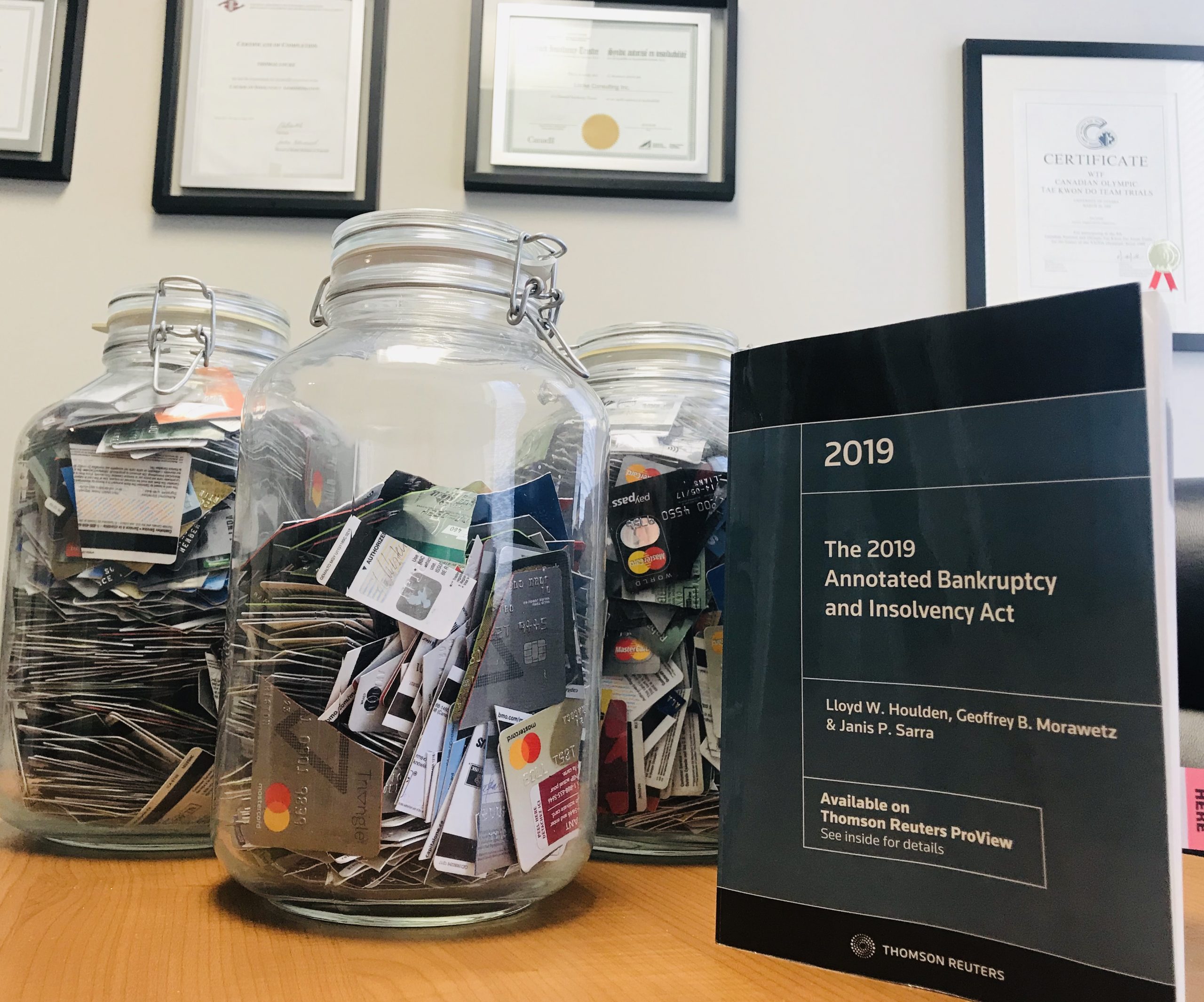Bankruptcy Lawyers

Many people think they need a bankruptcy lawyer either to file for bankruptcy or to guide them through the process. In the USA, the insolvency regime is very similar to Canada’s, but it still has differences, the biggest difference is that in Canada the Insolvency process is administered by Insolvency Trustees who are licensed by the Federal Government. In the USA, the Bankruptcy Code is administered by lawyers, called Bankruptcy Attorneys.
Bankruptcy lawyers in Canada are not required at all for most routine insolvency matters, but they do play a significant role in larger, legally, more complex insolvency files. The CCAA (Companies’ Creditors Arrangements Act) is a glorified form of a proposal, very similar in many respects to a Division One (Commercial) Proposal. However, it is different in that it has more fluidity and is driven more by court decisions specific to the circumstances of the filing than a codified Division One Proposal.
For individual consumers, it is highly unlikely that a bankruptcy lawyer would be required. On rare occasions, engaging a lawyer can be useful, albeit expensive, to the expedient administration of an estate. Occasionally there are disputes and legal challenges regarding the ownership of property that needs to be unravelled by the courts, typically the Trustee will engage legal counsel to assist. However, it may be in the interests of the insolvent individual to engage independent counsel to ensure their interests are preserved.
Unless you own a lot of property or have a complicated business arrangement that is driving your insolvency, you probably do not need a lawyer at all. There are many resources available to help individuals understand the process of filing a bankruptcy or a proposal. These resources are mostly found within the Licensed insolvency Trustee’s office, either in the form of pamphlets and written information or the expertise of the LIT’s staff. The Office of the Superintendent of Bankruptcy also has a combination of materials and qualified staff to help consumers understand where they are at and how the processes work.
